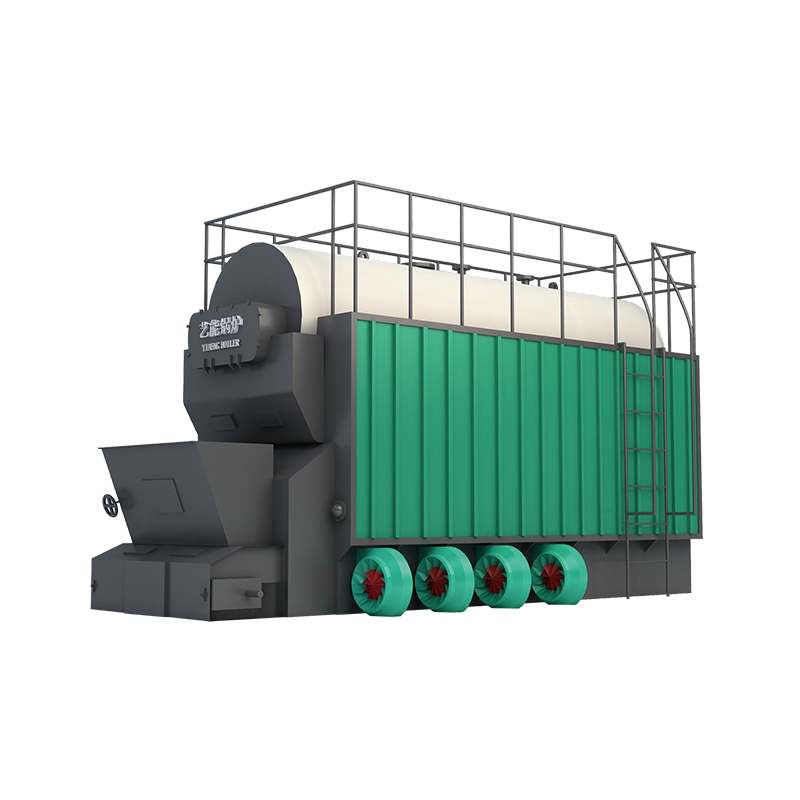Top Manufacturers of 100 HP Steam Boilers and Their Key Features
Understanding 100 HP Steam Boiler Factories An Overview
In the industrial landscape, steam boilers play a pivotal role in a range of applications, from power generation to heat supply in manufacturing processes. One of the common specifications in boiler production is the 100 HP (Horsepower) steam boiler, which has become a standard choice for various industries. This article delves into the significance, production, and operational facets of 100 HP steam boiler factories.
The Importance of 100 HP Steam Boilers
A 100 HP steam boiler typically generates steam at a rate of approximately 3,450 pounds per hour (lb/hr) or 1,500 kg/hr, making it suitable for medium to large industrial applications. These boilers are widely used in food processing, textiles, pharmaceuticals, chemical manufacturing, and many other sectors that require a continuous supply of steam for heating, sterilization, and other processes.
The need for efficient energy use has led to increased demand for steam boilers that not only perform effectively but also adhere to environmental regulations. High-efficiency models reduce fuel consumption and emissions, thus benefiting both the environment and the bottom line. This makes the production of 100 HP steam boilers a critical concern for boiler manufacturers.
Manufacturing Process of 100 HP Steam Boilers
The production of a 100 HP steam boiler involves several crucial steps, each of which must comply with rigorous quality standards. Factories typically begin by selecting high-quality materials, which are essential for the durability and performance of the boiler. Common materials include carbon steel, stainless steel, and specific alloys designed to withstand high temperatures and pressures.
Once the materials are sourced, the manufacturing process includes
1. Design and Engineering This phase involves creating detailed specifications for the boiler. Engineers ensure the design meets the operational requirements and safety standards.
2. Fabrication This is where the actual components of the boiler—such as the shell, furnace, tubes, and stacks—are manufactured. Factories utilize advanced machinery and skilled labor to create precise and high-quality parts.
100hp steam boiler factories

3. Assembly The fabricated parts are then assembled into a complete boiler system. This includes installing burners, controls, and safety mechanisms, ensuring that the boiler operates safely and efficiently.
4. Testing Before the boilers leave the factory, they undergo rigorous testing to ensure they meet performance and safety standards. This can include hydrostatic tests, performance evaluations, and emissions testing.
5. Certification Compliance with local and international standards is essential for the factory. Certification from bodies such as the American Society of Mechanical Engineers (ASME) or the National Board of Boiler and Pressure Vessel Inspectors assures customers of the quality and safety of the boilers.
Operational Considerations
Once installed, the 100 HP steam boiler requires regular maintenance and periodic inspections to ensure optimal performance and safety. Operators need to be trained to monitor critical parameters such as pressure, temperature, and water level. Proper water treatment is also necessary to prevent scale buildup and corrosion, which can significantly impact the lifespan and efficiency of the boiler.
In recent years, technological advancements have led to the development of smart boiler systems equipped with sensors and IoT technology. These innovations enable real-time monitoring, predictive maintenance, and more efficient operation, contributing to reduced operational costs and enhanced safety.
Conclusion
100 HP steam boiler factories play an essential role in providing high-quality, reliable steam solutions for various industries. The process of manufacturing these boilers is complex and requires a deep understanding of engineering, materials science, and regulatory compliance. As industries continue to evolve and seek more efficient energy solutions, the importance of advanced steam boilers remains paramount.
For businesses considering the installation of a steam boiler, understanding the manufacturing and operational aspects of the 100 HP steam boiler is crucial for making informed decisions that meet their operational needs while adhering to safety and efficiency standards. As technology continues to advance, the future of steam boilers looks promising, with ongoing improvements in efficiency, environmental impact, and operational management.
-
Top Industrial Boiler Contractors Supplier & Factory Quality Products & ServicesNewsJun.10,2025
-
Panasonic Hot Water Boiler - Reliable & Energy Efficient Heating SolutionNewsJun.10,2025
-
Pennco Steam Boilers High-Efficiency & Durable SolutionsNewsJun.10,2025
-
Industrial Boiler & Mechanical Solutions Efficient Industrial Heating SystemsNewsJun.10,2025
-
Panasonic Hot Water Boiler - Energy-Efficient, Reliable Heat SolutionNewsJun.10,2025
-
Premium Power Plant Steam Boilers High Efficiency & ReliabilityNewsJun.09,2025

